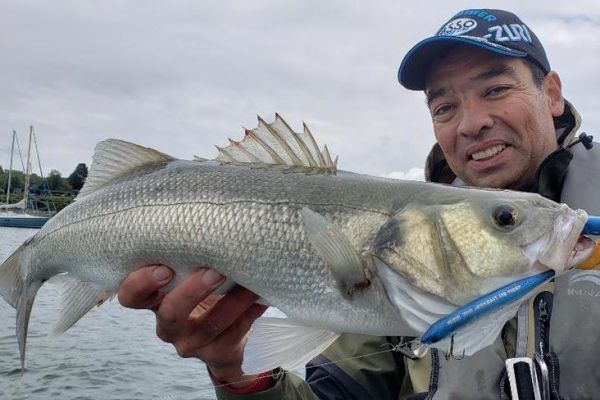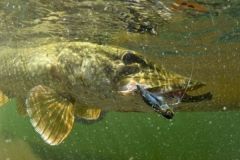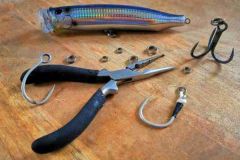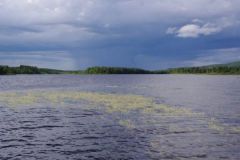Decoy density
While the majority of softbaits are sinking, hardbaits come in a variety of densities, depending on the family to which they belong. While surface lures are by definition buoyant, cranckbaits are equally so, while lipless are sinking... To complicate matters, some sink fast, others slowly. So there's a wide variety of densities available on the market. But the jerkminnow family is the one with the most, and above all it has a specific and unique density: that of water!
This type of lure, known as "suspending", once plunged into the water does not sink or rise during pauses, but remains at the depth at which it naturally evolves.
While some may argue that the density of fresh and salt water differs, we'll assume that the lure you choose matches the environment you're fishing in.
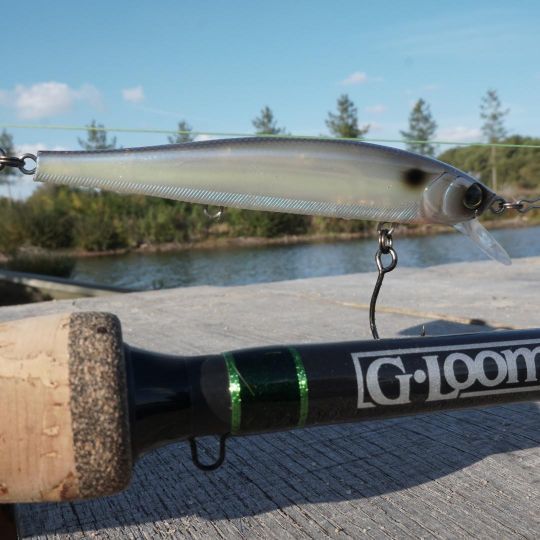
No equivalent in other lures
This specificity makes jerkminnows suspending unlike any other lure on the market. Indeed, when we make a pause during our animations, it is only temporal and not spatial, as our lure continues to evolve in the water layer. It either sinks to the bottom or rises to the surface. The lure will only be truly motionless if the pause is prolonged.
With a suspending lure, the pause during an animation is immediately two-dimensional, both spatially and temporally, and allows us, like a live fish, to present a stationary lure at a given depth, which is undoubtedly the most imitative behaviour of all.
An attack window
The point of pauses in animations is to offer predators a window of opportunity to attack. A lure that slows down is easy to intercept, but it is also perceived as an opportunity that may never present itself again, prompting the following or ambushing fish to launch an attack.
The pause is therefore a central element that many anglers forget during animations. For those who do, they are often particularly short and/or constrained in duration by the density of the lure, which inevitably heads for the surface or the bottom.
With a suspending lure, the length of the pause becomes a much more important variable, and sometimes an extremely decisive one!
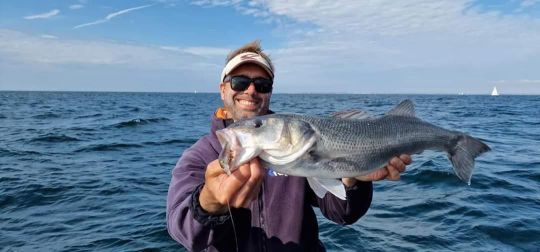
A provocation
A lure or bait standing still in front of a predator arouses its curiosity at the very least, and very often its aggression. If a sudden stop is an opportunity, a prolonged pause is often perceived as an affront.
We've all seen a school of perch or a stalking pike remain motionless for long seconds, watching our lure without attacking it during a pause before deciding whether or not to take it. We've also seen these same predators lurk in front of a small fish or a school of baitfish without moving and sometimes without even flinching because they're completely sated and apathetic. But if there's even the slightest hint of predatory activity at that moment, it's bound to intensify and result in an attack on such easy, arrogant prey.
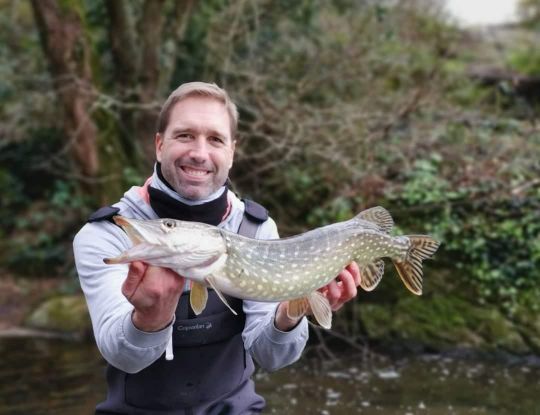
Winter is king
If there's one time when the suspending effect wreaks havoc, it's winter. In cold waters, predators' metabolisms are terribly slowed down, and every move is energy-intensive and calculated. Faced with these fish, long pauses near a marked position are often decisive and sometimes even the only way to trigger an attack.
Pike and perch anglers, if there's one lure you must have, it's a jerk minnow or longbill minnow with water density.
